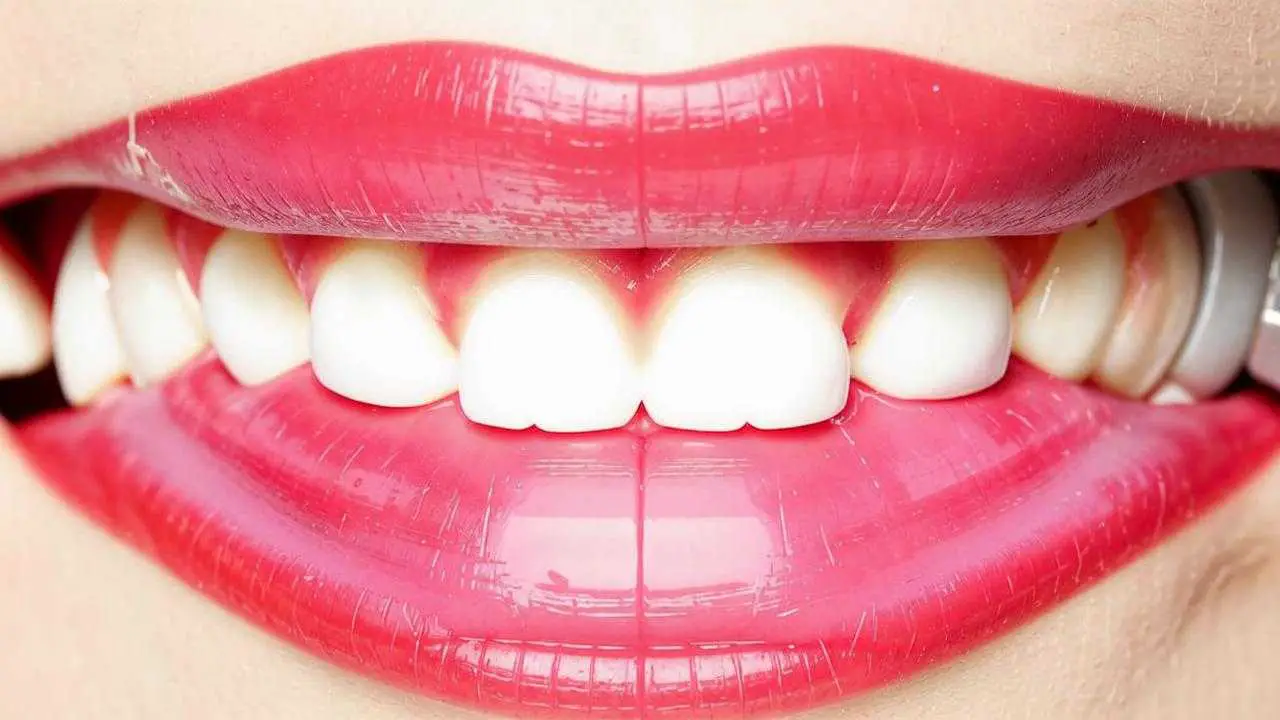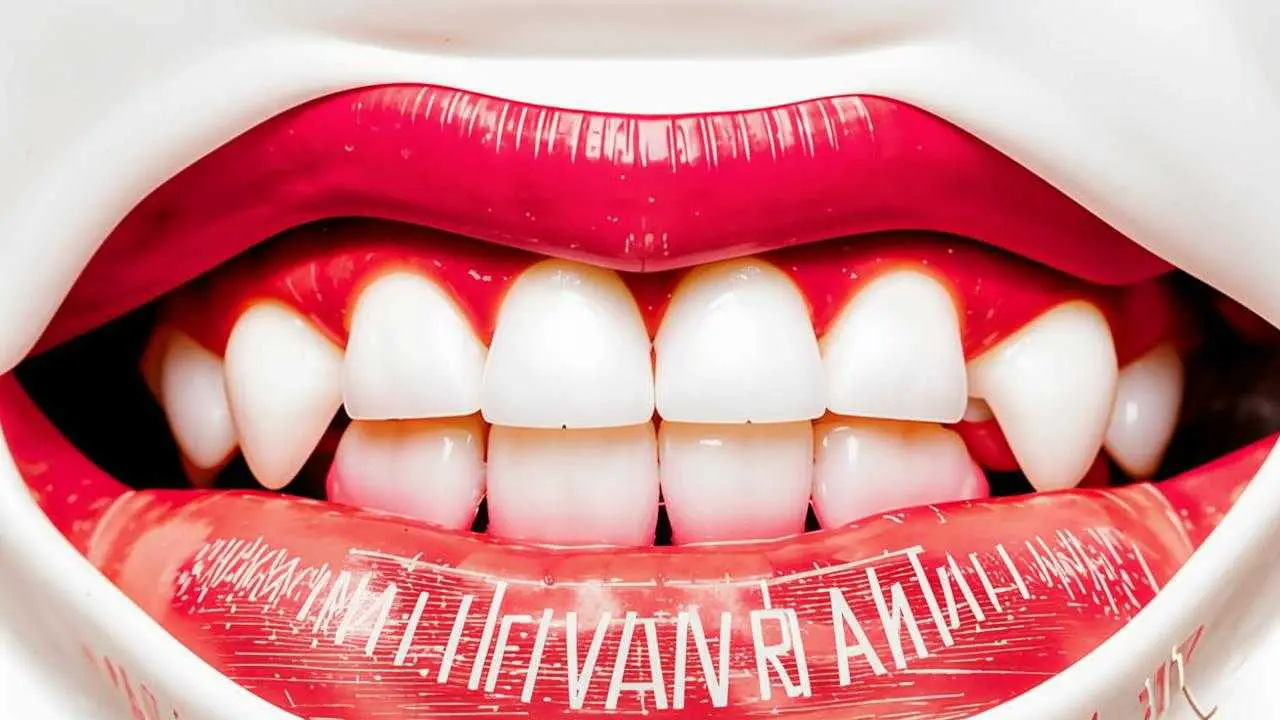In the age of selfies, video conferences and presentations, a smile takes on a special significance. Beautiful, straight and white teeth are the beauty standard of the 21st century. But what if your teeth are not so even and their color leaves much to be desired?
Special thin onlays on teeth – veneers – come to the rescue. They mask the defects of the tooth row, and the colors of veneers for teeth can be matched to individual preferences.
Veneering is the correction of the smile using thin onlays on the teeth.
Veneering allows you to:
- conceal chips and cracks;
- camouflage age spots;
- visually enlarge small teeth;
- cover gaps between teeth.
An important advantage of veneers is the ability to change the color of teeth.
How to choose the color of veneers
Choosing the right shade for veneers is almost the most important part of the process. It is possible to make veneers perfect in shape, carefully convey details, but without the right color, you will not get a satisfactory result.
Dental onlays are made of materials that are as close to natural enamel as possible. This means that they have (to a greater or lesser extent) the ability to transmit light – to shine through. Therefore, the color of the dentin (the layer under the enamel) will affect the final color of the plate. The shade of the cement to which the veneer is cemented will also contribute.
The colors of ceramic veneers are selected using the Vita scale. There are 20 colors in it: 16 of them are natural, and A4 are ultra-white (Bleach). Bleach – unnatural colors, natural teeth of this color do not exist.
There are 4 blocks in the scale, each with its own shade:
- Block A includes red-brown shades
- Block B – yellow-red
- Block C is grayish.
- Block D – grayish-red.
Deciphering the shades shouldn’t be intimidating. In fact, they all look like natural enamel, and the designations are important only for specialists.
The main characteristic of color is brightness. Therefore, in each block there are 4 degrees of brightness of each shade. From the brightest, it is indicated by the number 1, to a more dull, under the number 4. The veneer color a1 means that it should be the one that is the brightest color in the reddish-brown range. In Bleach veneer color 1 or 2, there are no shades, just white. Bleach 3 and 4 have some yellow, but the whole palette immediately suggests the artificial origin of the color.
Emax Veneers Color
Emax glass-ceramic differs in its properties. Therefore, 3 parameters are used in the designation of its shades. The scale for determining the color, Vita 3D Master, includes:
- Brightness. It is measured on a scale from 1 to 5
- Tint. R – reddish, L – yellowish and M – intermediate
- Saturation. Numbers from 1 to 3 apply.
Thus, the color code consists of 3 designations, 2 digits and one letter.
Classic B1 for Emax is designated as 1M1.
The color palette in 3D Master is wider. It includes 26 natural colors and 3 ultra-white (Bleach).
The most popular colors
Bright colors are the most popular. Most often patients choose shades a1, a2 and b1. These teeth look like natural teeth, but immediately attract attention with their color. Bleach is the choice of popular people. In the spotlight, on the TV screen, bright white teeth look attractive. Not without reason such colors are called “Hollywood white”. In real life, such shades cut the eye a little.
Difficulties in choosing
Color selection depends on the number of restorations. For single restorations, it is important to choose a shade so that the restored tooth does not stand out. If the plates cover the entire visible tooth row, then everything depends on the patient’s wishes. However, the dentist should explain the main approach to how to choose the color of veneers:
- Skin, hair, and eye color should be taken into consideration. The lighter the skin and hair, the less the teeth will stand out, even radically white teeth.
- Eyes and teeth are the first thing people look at. Dentists recommend choosing shades that match the whites of the eyes.
- The size of the veneers plays a role. Ultra-white colors visually enlarge the overlays, so for large teeth, it is better to choose veneers of natural color.
What helps to match the color of veneers
- Illumination. The room should be illuminated in moderation. Bright light encourages you to choose lighter shades, dim light – darker shades.
- Plaque removal. Professional cleaning of teeth slightly lightens them, which affects the choice of shade.
- Theabsence of bright colors in the area where the choice is made. Bright lipstick, makeup, clothing details can disrupt color perception.
- Wet surface of the teeth. The shade of moistened teeth is most correct.
Composite veneers
The color of composite veneers is able to convey the shade of natural enamel. But the look of the finished product depends largely on the skill of the doctor. Since the composite is applied layer by layer, the dentist uses different shades, from darker to lighter and the result is an imitation of a natural tooth. Composites are strong and are used for veneers and crown restoration, but they are inferior in strength to ceramics.
Photopolymer onlays fade over time, so the initial shade should be lighter than desired. Installing composite veneers, you should keep in mind not only the price, but also the service life. It is several times shorter for composites than for ceramics due to the fact that composites change color.
Questions for the dentist
Question: “Is it possible to change the color of veneers after placement?”
Answer: “The only way to change the color of ceramic onlays is to have new ones installed. Polishing the composite onlays lightens them slightly.”
Question: ” Does the color of veneers change over time?”
Answer: “Composite materials absorb pigments. Consumption of tea, coffee, dark berries, smoking lead to the fact that the color of composite veneers changes, they become darker.
The color of ceramic veneers does not change.”
Question: “Who makes the final decision on what color veneers to choose”?
Answer: “In the case of single restorations, the choice depends on the color of the remaining teeth. If the entire smile area is restored, the final choice is up to the patient. The dentist can only give recommendations on what to look for. Digital smile technology helps the patient to understand before the veneers are placed whether or not a particular shade will suit him or her.”



